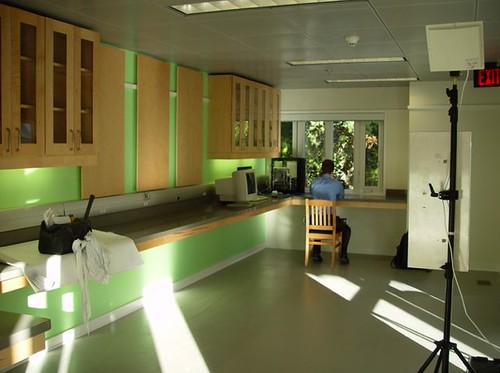Witness the third international gathering of science bloggers in the Triangle this past weekend, now called ScienceOnline(insert year here).
Several Duke bloggers were on hand to meet their fellow bloggers and present on panels in the "unconference," including Vanessa Woods of Bonobo Handshake and Meredith Barrett of Lemur Health & Conservation (don't miss Meredith's short videos of mouse lemurs!).
 When we launched the Duke Research online magazine just over a year ago, we wanted to tap into these fresh and authentic voices through a "science blogroll." At first, it was a little scant, with only three or four that we could find. Today, there are more than a dozen!
When we launched the Duke Research online magazine just over a year ago, we wanted to tap into these fresh and authentic voices through a "science blogroll." At first, it was a little scant, with only three or four that we could find. Today, there are more than a dozen!In fact, we picked up two new members of the Duke Science blogroll at ScienceOnline09:
Kevin Zelnio (on the left, in the crab hat) is a research technician at the Duke Marine Lab who was an established blogger at Deep Sea News before he came to Beaufort. He team-writes the blog with Craig McClain, who works at the National Evolutionary Synthesis Center in Durham, and Peter Etnoyer, who earned a Nicholas School masters degree with Larry Crowder at the Marine Lab.
Southern Fried Scientist Andrew (the squid-head above) is a Duke graduate student -- also at the Marine Lab -- an an undergrad alumnus. He studies deep sea biology, and encourages his undergrad students to make short videos about what they've learned.
Apparently the lads put on quite a show at a ScienceOnline mixer, singing some bawdy sea shanties, as marine scientists are wont to do. Sorry I missed it!
If you're reading this, you already know about science blogs, and I hope you'll add these new voices to your rounds. Please also tell your friends!







